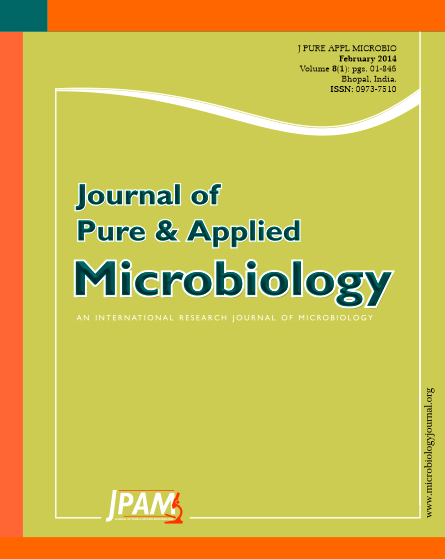Alkane degradation is a widespread phenomenon in nature. Alkanes are major constituents of crude oil. They are also present at low concentrations in diverse non-contaminated because many living organisms produce them as chemo-attractants or as protecting agents against water loss. Many microorganismscapable of utilizing alkanes as a carbon and energy source have been isolated and characterized. This workdetected the metabolic of decane (C10H22), eicosane (C20H42). The secondary metabolites stimulated the knowledge of how bacteria metabolize alkanes aerobically, with a particular emphasis on the oxidation of long-chain alkanes, including factors that are responsible for chemotaxis to alkanes, transport across cell membrane of alkanes.
Alkane degradation, P. frederiksbergensis, Catabolic pathway
© The Author(s) 2014. Open Access. This article is distributed under the terms of the Creative Commons Attribution 4.0 International License which permits unrestricted use, sharing, distribution, and reproduction in any medium, provided you give appropriate credit to the original author(s) and the source, provide a link to the Creative Commons license, and indicate if changes were made.


